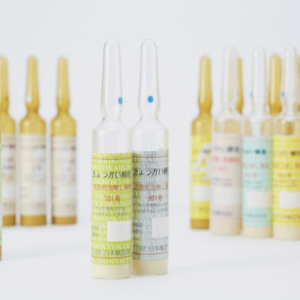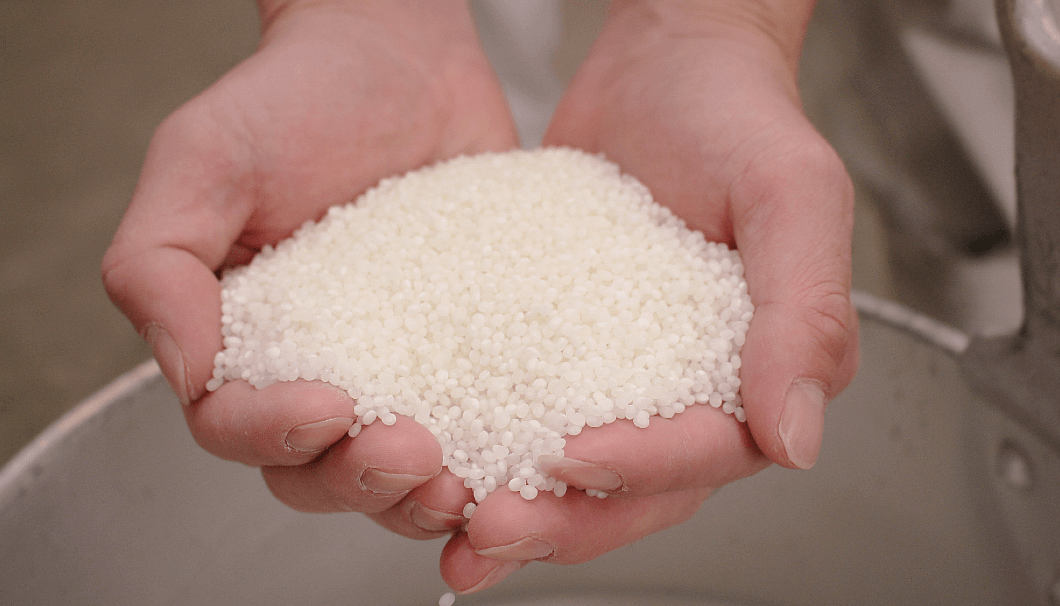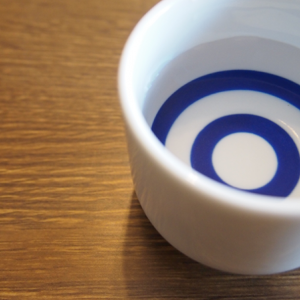
Miyamanishiki (noun)
[Me-yama-nee-she-key]
Japanese characters: 美山錦 (美: beauty, 山: mountain, 錦: brocade; a treasured object)
What is Miyamanishiki?
Miyamanisihiki is a rice cultivar, discovered in Nagano Prefecture and officially named in 1978. It’s now the third most widely-used sake rice in Japan. The large grains of this distinctive rice contain an attractive shinpaku core of opaque starch that’s said to recall Nagano’s snow-covered mountains. This is what earned Miyamanishiki its name, which translates as “beautiful mountain brocade.”
Miyamanishiki is mostly grown in Nagano but, due to its ability to thrive in cold climates, the rice is also used in northern regions like Yamagata and Akita, as well as in the more central Hokuriku and Kanto regions.
Characteristics
The general view is that Miyamanishiki produces sake with good balance and a light, refreshing flavor.
From a producer’s perspective, Miyamanishiki is advantageous because its harvest period comes early and it’s slow to dissolve during brewing, which allows the brewer to more easily manipulate flavor profile as it develops.
Experimental origins
Miyamanishiki originated in an agricultural research station in Nagano as the result of a technique called “radiation breeding.” While this may sound scary, it’s a fairly common technique. The researchers in Nagano applied radiation to another cultivar, Takanenishiki, to induce mutation. This mutation became Miyamanishiki.
Takanenishiki, itself a crossbreed of Hokuriku No.12 and Tohoku No.25, is suitable for sake brewing but has a number of flaws; namely, small grains, a small shimpaku, and proteins that contain off-flavors. Miyamanishiki, by contrast, does not suffer from any of these defects.
Tracing this lineage still further back, both Miyamanishiki and Takanenishiki share a common ancestor — Kame no O, meaning “Turtle’s Tail,” a pure strain discovered in 1898. While Kame no O was once something of a rarity in sake brewing, it has made a dramatic comeback in recent years.
Miyamanishiki has since seeded its own offspring such as Yamagata’s Dewasansan, many of which have inherited their ancestor’s hardiness in cold climates.
*We are sending you monthly updates and the information. Register here.





Comments